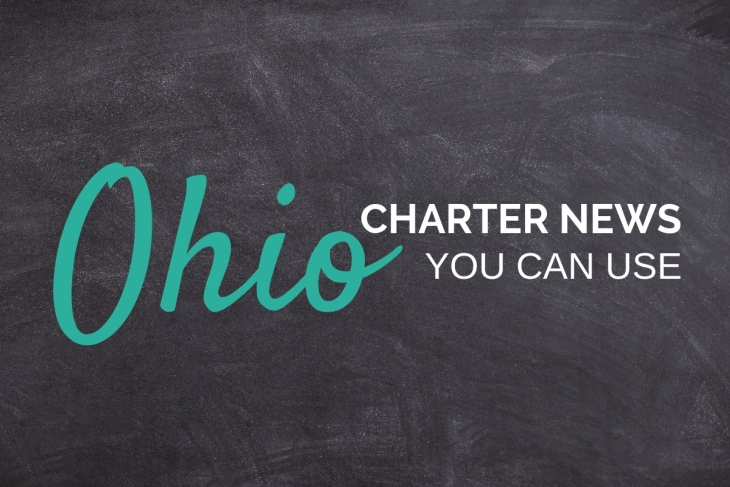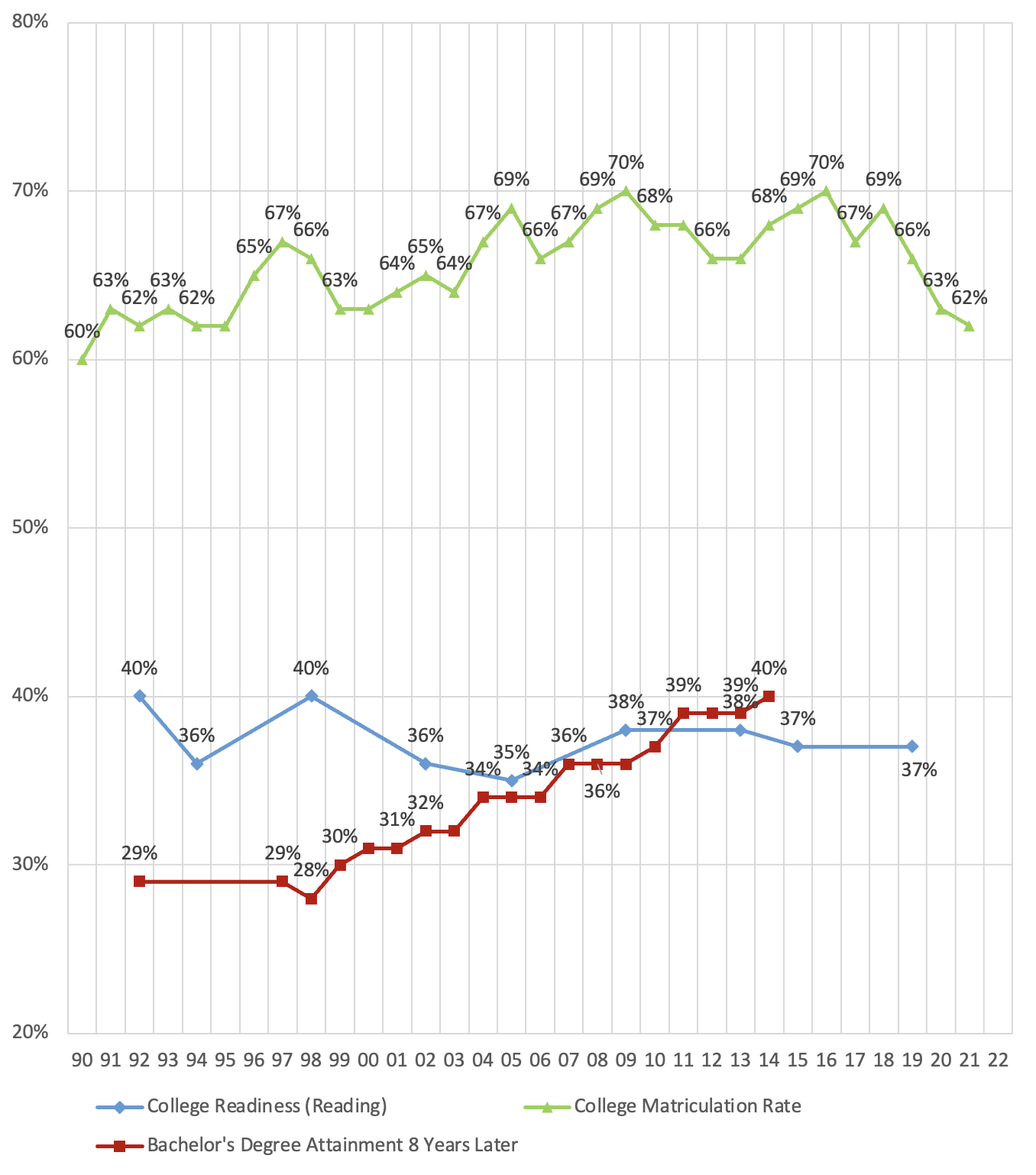- Fox News and several other national entities covered the I Promise School story we talked about on Friday. Fox’s piece is decent, but it really just regurgitates the original ABJ piece from last Wednesday and connects to their previous coverage of the LeBron James Family Foundation’s education efforts. Other national pieces I have seen are less good, reiterating the false notion that I Promise is a charter school among other unhelpful contributions. (Fox News, 7/30/23) But I Promise is a part of Akron City Schools, as I know all eight of my dedicated Gadfly Bites subscribers know very well. For better or worse, that’s how the James Family Foundation wanted it. Thus, in response to the dire news of the school’s academic performance over the last few years, all of those responsible entities issued statements on Friday. You can read them all here. BTW, because of its extended school year schedule, the first day of the new year at I Promise is today. (WKYC-TV, Cleveland, 7/30/23)
- Youngstown City Schools students aren’t scheduled to start until the more-typical date of August 23. But that will only happen if their teachers are not on strike at that time. Feels like 50/50 at this point. We’ll see how it goes. (WKBN-TV, Youngstown, 7/28/23)
- We got a little bit more explanation as to the changes going on in Dayton City Schools classrooms this fall. While the original two-teacher model was touted as boosting reading and math scores for grades 1-3 in its first year of implementation (2021-22), initial data for the second year (2022-23) is going to be way down, say district officials. (But they can’t say how much or give any other details “until fall”, they report, because the data are still being finalized.) They speculate that boosts attributed to the two-teacher model could actually have been due to “other gradual post-COVID changes.” And in fact that the original two-teacher model (which really meant math and English instruction going on in different corners of the same room at the same time with the kids split up in two groups) was difficult for teachers to implement and full of commonsense problems which are enumerated in some detail here. So instead, interim superintendent David Lawrence is going to implement co-teaching. That is, two teachers remain in each 1-3 classroom (if, I suspect, they can find and hire enough of them) but they will both be working on the same lesson at the same time. It’s called co-teaching and everyone in this piece says it’s the bestest and has lots of research to back it up. Just like they said about the two-teacher version before it, as I recall. (Dayton Daily News, 7/28/23)
- Meanwhile, up in Ashtabula County, Buckeye Local Schools is apparently moving forward on a plan to build one ginormous new building to corral all district students, grades PreK to 12, eventually demolishing all four individual elementary/middle/and high school buildings. The plan has been on the back burner since 2019, but in that time the district has continued a slow decline in enrollment and now officials feel the time is right to move forward. Step one will be passage of a levy in November. I for one am curious to see if this somewhat extreme right-sizing is to the taste of Ashtabulans (for surely that is what they are called) or if nostalgic connections to their underutilized but decades-old buildings may derail the effort. (Ashtabula Star-Beacon, 7/27/23)
- There are over 3,500 students in Whitehall City Schools, and in the time between now and the first day of school, hundreds of teachers and other district staffers are going door-to-door trying to meet and connect with every single one of them. Kudos to them all for this amazing and important—and likely unique—effort! (ABC6 News, Columbus, 7/27/23)
- Speaking of amazing (and to provide a little bit of balance to today’s district-heavy clips), here’s a profile on Sister Susan Marie Reineck, a member of the order of Sisters of Notre Dame, who has been a nun—and a teacher—for 60 years. She began teaching at Gesu Catholic School in Toledo in 1964 and has never stopped. She technically retired in 2018, but has been tutoring students at Guardian Catholic School in Florida since July 2020, among other education-related ministry. She returned to Ohio to publicly renew her vows in celebration of her Diamond Jubilee earlier this month. An incredible career and commitment to students. Huge congratulations to Sister Susan Marie. (Fremont News-Messenger, 7/31/23)
Did you know you can have every edition of Gadfly Bites sent directly to your Inbox? Subscribe by clicking here.









